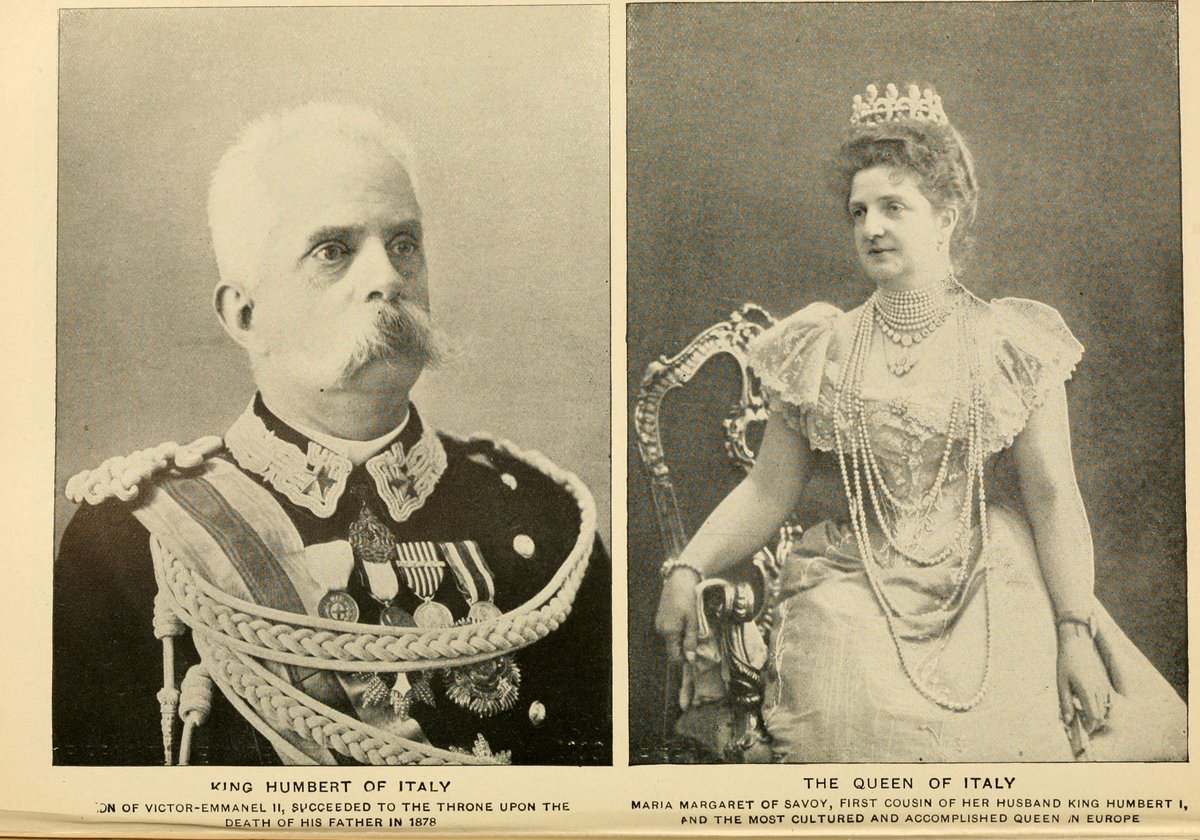
To be admitted into the army of the Mongol empire under Genghis Khan, you had to be able to wage war on a horse without a saddle! This required great skill, balance and coordination. 



When such great skill was combined with the grip of the Mongol horse saddle, the cavalry of the empire was almost undefeatable. 



@HachetteIndia @Timurid_Mughal @BiruniKhorasan @AudreyTruschke @DalrympleWill @UnamPillai @AKanisetti @mukhoty @MongolsSilkRoad #zacsangeeth #WorldHistoryin3Points
History is fun! Buy today amzn.to/3HKBZGI
@threadreaderapp unroll
• • •
Missing some Tweet in this thread? You can try to
force a refresh





























